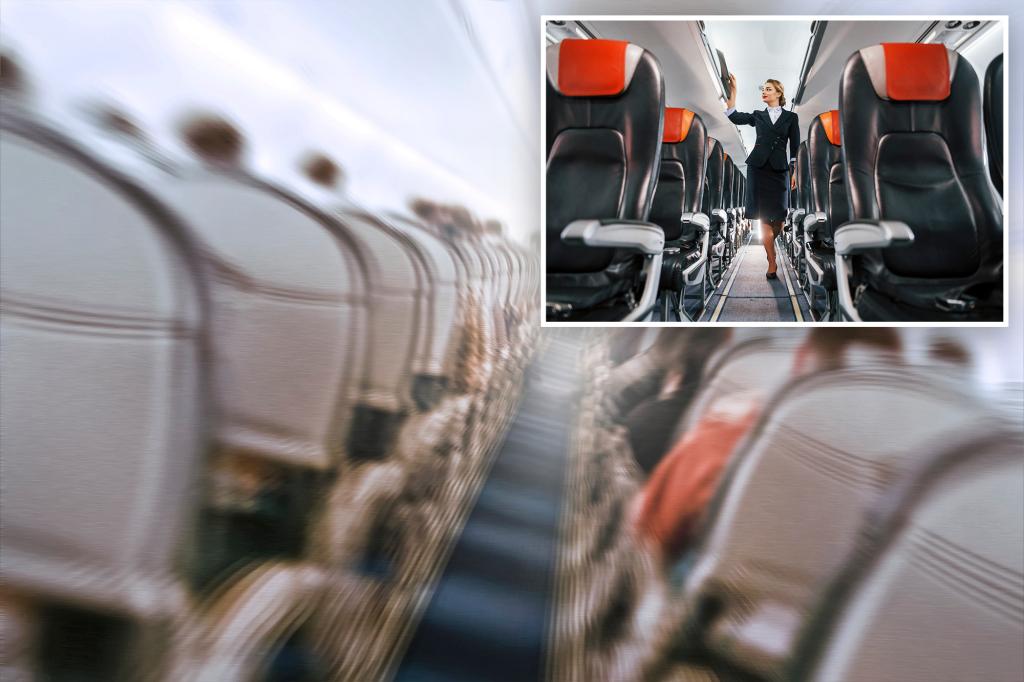Aviation and flight experts have been sharing their advice on the best places to be seated on a plane in the event of extreme turbulence. Pilot Jimmy Nicholson and American Airlines Captain Dennis Tajer both recommend the front of the aircraft for those who may feel queasy during rough flights. However, Tajer also suggests sitting near the wings as they are closer to the center of gravity of the plane, which may provide a less turbulent ride compared to sitting near the tail of the aircraft.
David Slotnick, a senior aviation business reporter, noted that wing seats are typically better at relieving mild turbulence, but can also be useful for those prone to anxiety or motion sickness. Some flight attendants recommend sitting closest to the window, especially after a recent incident on Singapore Airlines that resulted in one death and multiple injuries. It is important to follow the crew’s instructions and keep your seatbelt fastened at all times when seated, as this could be crucial for safety during turbulence.
Tajer emphasized the importance of keeping your seatbelt fastened, stating that it can make the difference between safety and injury. Nicholson and others suggest finding a visual reference, such as looking out the window and focusing on the horizon, as a way to alleviate motion sickness. The rear of the aircraft may swing more during turbulence, while the front may swing less, so choosing your seat carefully can help make a difference in your comfort and safety during a bumpy ride.
In the event of turbulence, sitting near the wings can also help mitigate the effects of the movement of the air on the aircraft. The center of gravity plays a significant role in how turbulence is felt by passengers, which is why sitting near the wings may provide a more stable ride compared to other areas of the plane. It is essential to be aware of your surroundings and be prepared for unexpected situations while flying, especially when it comes to turbulent conditions.
Experts advise that following the crew’s instructions and staying alert to any changes in the flight’s conditions is key to ensuring your safety while in the air. Finding a seat with the least movement and best visual reference can help ease any discomfort experienced during turbulence. Keeping your seatbelt fastened and staying calm during rough patches can make a significant difference in how you perceive and handle the situation onboard an aircraft. By taking these precautions and being mindful of your surroundings, you can increase your chances of having a safe and comfortable flight even during turbulent conditions.


